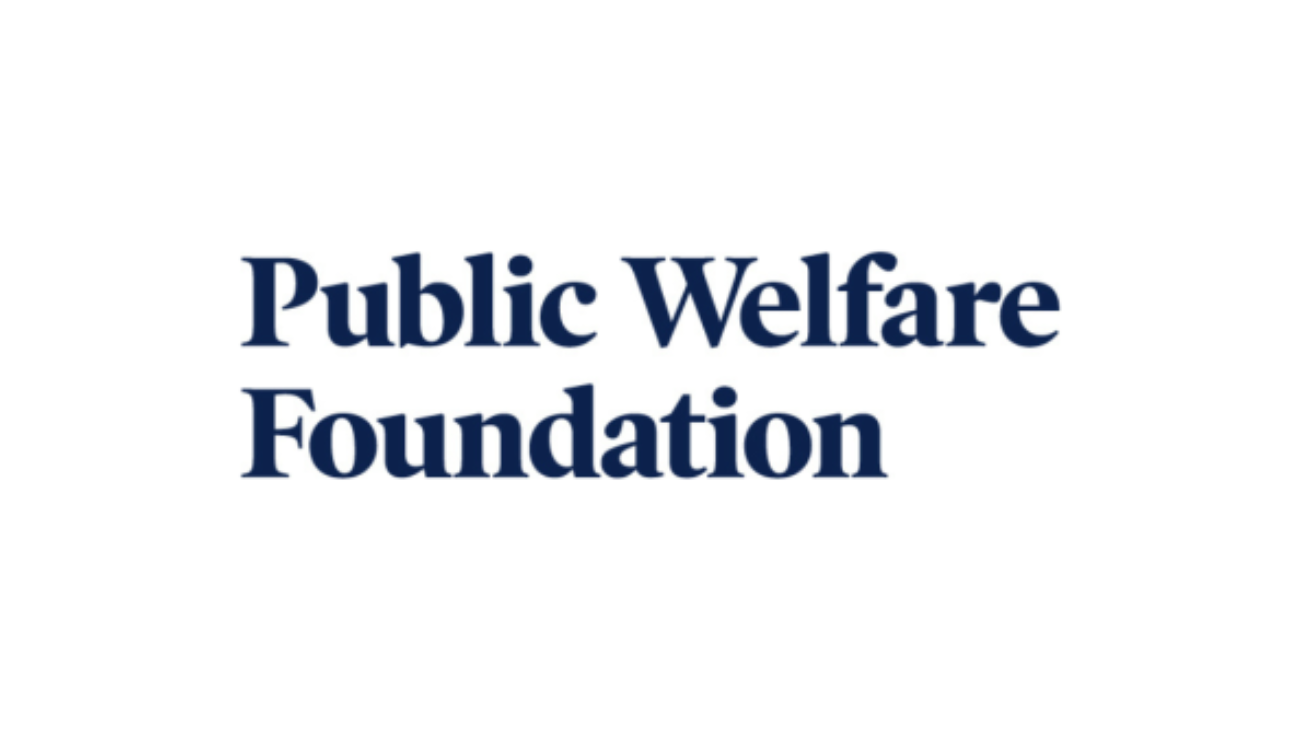Starting a welfare foundation can be a profoundly impactful way to contribute to society by addressing critical issues such as poverty, education, and health. Whether you’re motivated by a specific cause or a broader desire to improve lives, the journey from concept to operational foundation requires careful planning and adherence to legal guidelines. In this guide, I’ll walk you through the steps to establish a welfare foundation, ensuring you have the knowledge and tools needed to launch successfully and make a lasting difference.
Define Your Mission and Vision
The first step in establishing a welfare foundation is to clearly define your mission and vision. This involves identifying the specific social issues you want to address and articulating your goals in a way that resonates with potential supporters and beneficiaries.
Mission Statement: Your mission statement should concisely outline what your foundation aims to achieve and why it exists. It acts as the guiding star for all your activities.
Vision Statement: The vision statement provides a future-oriented description of what you hope to achieve through your foundation in the long run. It paints a picture of the impact you aim to make.
Conduct Thorough Research
Research is crucial to understanding the landscape of the area you wish to impact. This step involves gathering data on the needs of your target community, existing solutions, and potential gaps in services.
Needs Assessment: Conduct surveys, and interviews, and review existing research to identify the critical needs of your target demographic.
Competitive Analysis: Analyze other organizations working in the same field to understand their strategies, strengths, and weaknesses. This will help you position your foundation to complement existing efforts rather than duplicating them.
Establish a Legal Structure
Choosing the right legal structure is foundational for the success and sustainability of your welfare foundation. In most jurisdictions, you will have the option to set up as a trust, a nonprofit corporation, or an association.
Incorporation: Register your foundation as a legal entity. This typically involves filing articles of incorporation with your state’s secretary of state office and obtaining a federal employer identification number (EIN) from the IRS.
Tax-Exempt Status: Apply for tax-exempt status under IRS Section 501(c)(3). This status is crucial for receiving tax-deductible donations and possibly qualifying for various grants and other public allocations.
Develop a Business Plan
A solid business plan outlines your foundation’s goals, strategies for achieving them, funding sources, and operational structures.
Strategic Planning: Create a roadmap for your foundation’s first few years. Set clear, measurable objectives and outline the strategies you will use to achieve them.
Financial Planning: Develop a comprehensive budget that includes startup costs, operational expenses, and projections for fundraising and revenue.
Build a Strong Board and Team
Your board of directors and team are the backbone of your foundation. They provide governance, oversight, and the diverse skills needed to achieve your mission.
Board Selection: Choose a board that brings diverse expertise, from legal knowledge to financial acumen and industry-specific insights.
Hiring Staff: Depending on your budget and needs, hire staff to manage day-to-day operations. Volunteers can also be a valuable resource, especially in the early stages.
Fundraising and Resource Allocation
Securing funding is one of the most challenging aspects of running a welfare foundation. Developing a multifaceted fundraising strategy is essential.
Grant Writing: Apply for grants from government bodies, private foundations, and international donors that align with your mission.
Public Fundraising: Engage the public through campaigns, online donations, and fundraising events to build a broad base of support.
Launch Operations and Marketing
With the foundation set up and funded, you’re ready to launch. Effective marketing and public relations are crucial for raising awareness and driving engagement.
Marketing Strategy: Develop a marketing plan that includes social media, public relations, and community engagement to spread the word about your foundation’s work.
Program Development: Begin implementing your programs according to the strategic plan you’ve set forth.
Measure Impact and Adapt
To ensure your foundation is making a difference, you need to measure its impact and adapt your strategies as necessary.
Impact Assessment: Regularly evaluate the effectiveness of your programs through feedback, surveys, and other metrics.
Continuous Improvement: Use the data collected to refine your approaches and address any emerging needs or challenges.
Conclusion
Starting a welfare foundation is a noble endeavor that requires dedication, strategic planning, and a deep understanding of the cause you wish to support. By following this detailed guide, you’re well on your way to creating a foundation that not only meets legal standards but also achieves significant social impact. Remember, the success of your foundation ultimately depends on the clarity of your vision, the effectiveness of your strategies, and your ability to inspire and engage others in your mission.

